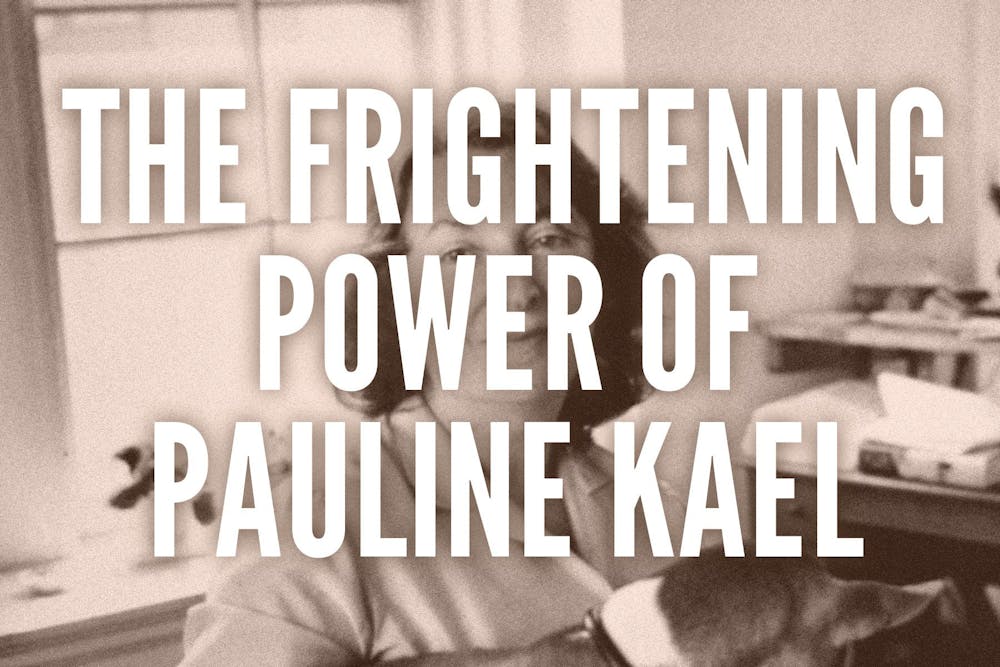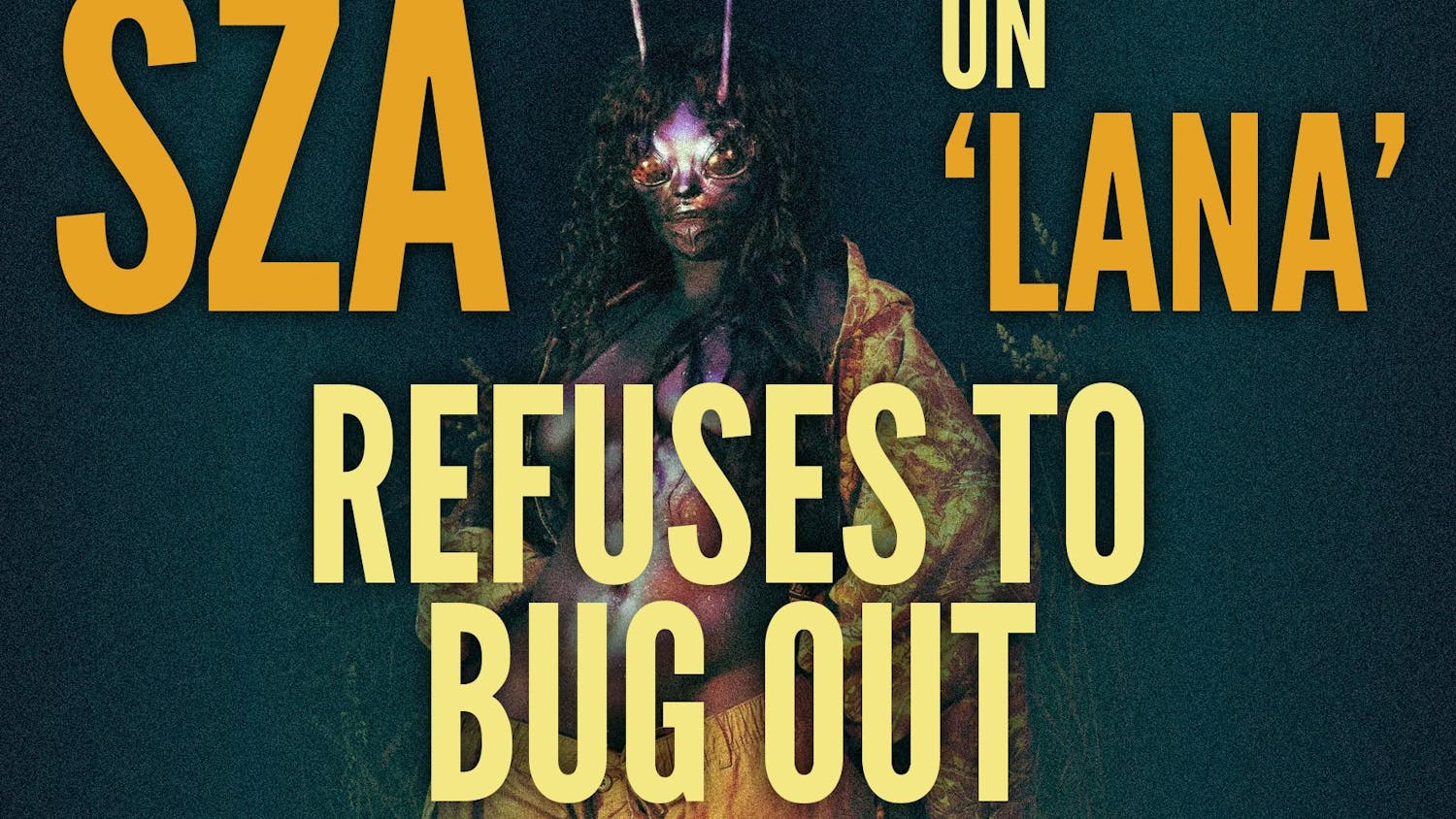At 6:30 p.m. on Thursday, the Browning Cinema at the DeBartolo Performing Arts Center is screening “Bonnie and Clyde” as part of its “Learning Beyond the Classics: True Crime” film series. There are two reasons you should clear your schedule to catch the picture.
The first is that it’s a great movie. Bonnie Parker was Faye Dunaway’s breakthrough role for a reason. She’s so charming and so annoying, so confident and so confused. She’s a perfect match for Warren Beatty’s simple and smiling Clyde Barrow and an ideal nemesis for his uptight sister-in-law played by Estelle Parsons. The rest of the supporting cast is great too. Hell, even the extras are great — they all look like they could be the “migrant mother” from the famous photo’s neighbors.
The whole film has a dusty, dreamy quality. The sets and costumes are austere the way you’d expect them to be in a movie about the Great Depression, but a hint of the production’s late 1960s glamor still manages to seep in. For some reason, all the foods shown on screen — the cola in unmarked glass bottles, the hamburger with no toppings at the diner, the plain donuts from the brown paper bag — look remarkably delicious. All in all, it’s a captivating movie.
The second reason you should watch “Bonnie and Clyde” tonight is a bit more of a stretch, though. You should watch it because then you can read Pauline Kael’s film review when you’re done!
Why read a movie review from 50 years ago? The primary function of a film critic is to tell the audience whether a picture is worth the price of the ticket and their time, after all. If you’ve already spent your time attending a free screening of “Bonnie and Clyde,” then there’s no point reading a review of it.
Except when the review is by the late, great Pauline Kael. A film critic at The New Yorker from the late 1960s to the early 1990s, Kael moved to the magazine after The New Republic refused to publish her essay on “Bonnie and Clyde” — perhaps because the adulatory review contradicted the resoundingly negative critical consensus, perhaps because it used the phrase “bored, restless waitress-sl*t.”
In its singular viewpoint and rough-and-ready comedy, “The Frightening Power of ‘Bonnie and Clyde’” is the prototypical Kael review. She never pulled any punches. She despised “West Side Story” (which she called “frenzied hokum” ruined by, among other things, “status-seeking tastes” and “the appeal to the Catholic audience”). She panned “The Sound of Music” (a “sugar-coated lie that people seem to want to eat”) — legend says the review was so vicious it got her fired from her post at McCall’s.
I think Kael was a prophetess. That’s different from being a fortune teller, mind you. Kael, like a real Old Testament prophet, could see the present with such clarity and write about it so cuttingly that her work is able to speak to the future. You find yourself thinking “If only she lived to see how much worse things would get!” when you read a decades-old piece of hers. She died in 2001, but you find her finger still on the pulse somehow. Take her analyses of Orson Welles and Marlon Brando from the 1960s, which could be applied to a number of artists working in the 2020s. Take the points she makes about violence on screen in “The Frightening Power of ‘Bonnie and Clyde,’” which still bear repeating today.
Kael was a revolutionary. Her biting prose was unlike anything else in The New Yorker at the time. Her outlook directly contradicted both established film critics like Bosley Crowther, who she mocked at length in her reviews, and the literati of her day who felt she wasted their talents on the movies. Film writing today wouldn’t look the way it does without her. Still — despite all the imitators her work spawned — there’s still nothing like the original.
That’s why you should watch “Bonnie and Clyde” and read “The Frightening Power of ‘Bonnie and Clyde.’” They’re two hours and twenty pages of the best art I know.










